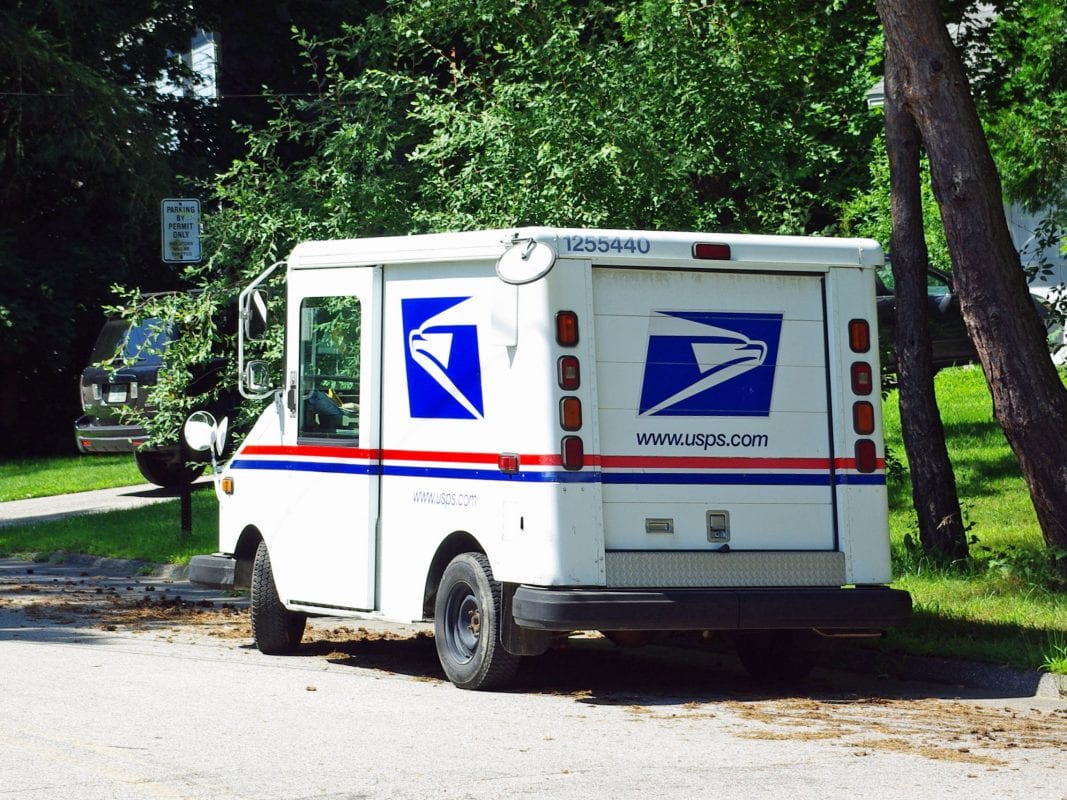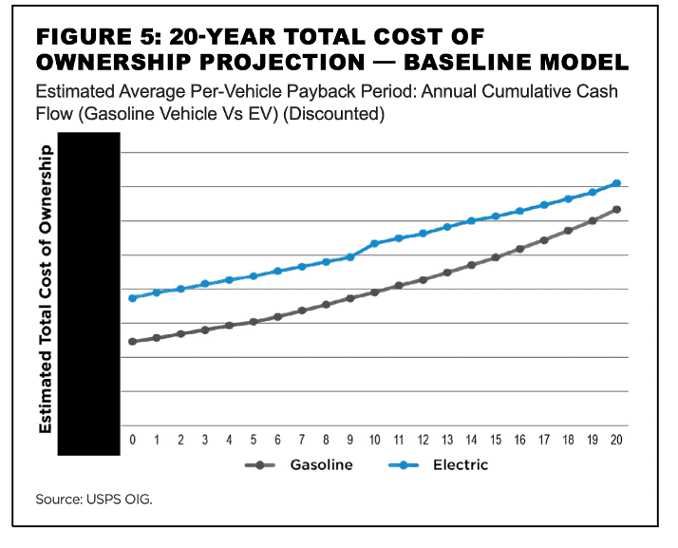
Electric Boogaloo at the Postal Service
Taxpayers Protection Alliance
July 27, 2022
Like breakdancing, fleet acquisition can take on a worrisome, unpredictable turn…especially if the person (or agency) tries too hard to be a crowd pleaser. The United States Postal Service (USPS) has found itself dancing to the wrong beat over the past fifteen years, accumulating more than $90 billion in losses. There was a glimmer of hope that the agency would stick to sensible procurement policies for its $6 billion mail truck purchase program and avoid costly electric vehicle (EV) purchases. That glimmer is fading faster than the dated hairstyles of many 1980’s rappers.
But now, it appears that America’s mail carrier is busting moves that would put Ozone and Turbo to shame. According to a recent report by Washington Post contributor Jacob Bogage, the USPS has agreed to electrify at least 40 percent of its new fleet, up from 10 percent in the original iteration. This is a recipe for disaster, given the high costs associated with EV purchases and maintenance. The USPS’ electric boogaloo will surely mean a boondoggle for taxpayers.
As is the case so often, the USPS could have simply consulted its own Inspector General’s (IG) reporting to get a better idea of the risks and rewards of EV procurement. One particular IG report from March runs through different scenarios on agency EV use with detailed cost and mileage assumptions and finds that, under a wide range of cases, EV adoption would not be good for postal finances. According to the report, an EV fleet would be more expensive than conventional trucks assuming, “an average delivery route length of 24 miles per day, and 301 operating days per year.”

The key here is that EVs are approximately 11 percent more expensive up-front than their conventional counterparts, with cost recoupment possible down the road via reduced energy and maintenance costs. Down-the-road costs are discounted using a 2.2 percent interest rate, reflecting the common, reasonable assumption among regulators and financial analysts that a dollar held today is worth more than a dollar held tomorrow.
Even these assumptions may be too generous to electric vehicles. On page 7 of the report, the IG states, “[e]lectric vehicles are generally more mechanically reliable than gas-powered vehicles and would require less scheduled maintenance and reduced maintenance costs.”
But, according to an in-depth analysis by analytical firm We Predict, “in a three-month time frame, EV service costs were 2.3 times higher than a gasoline-powered car. At 12 months, EV service costs were still 1.6 times higher. We Predict found service-related costs averaged $306 per electric vehicle, while a gas-powered car averaged $189.” Therefore, the assumption that EVs have fewer moving parts and therefore cost less post-purchase may not necessarily be true.
The IG notes that there are some scenarios where 20-year total ownership costs could be lower for EVs than gas-powered trucks, but only if we assume that, “electric vehicles have lower fuel and maintenance costs per mile.”
And, even then, EVs would make sense on less than 10 percent of mail routes (in the 40 to70-mile range). Finally, the IG notes that EV costs could be lower than gas-powered costs if Congress sufficiently subsidized EV adaption. This, of course, ignores the fact that any federal subsidies would impose real costs on taxpayers and don’t lower the underlying expenses associated with EVs.
Unfortunately, the USPS appears to be just fine with increased taxpayer subsidies to cover its massive operating losses. The agency advocated loudly for the postal reform bill signed this year, which heaps billions of dollars’ worth of retirement liabilities on to Medicare (which will see its main trust fund exhausted by the end of the decade).
America’s mail carrier simply has no incentive to keep taxpayers clean and clear of USPS red ink. It is up to lawmakers to hold the agency accountable and keep vehicle procurement costs under control. Now is no time for an electric boogaloo.
